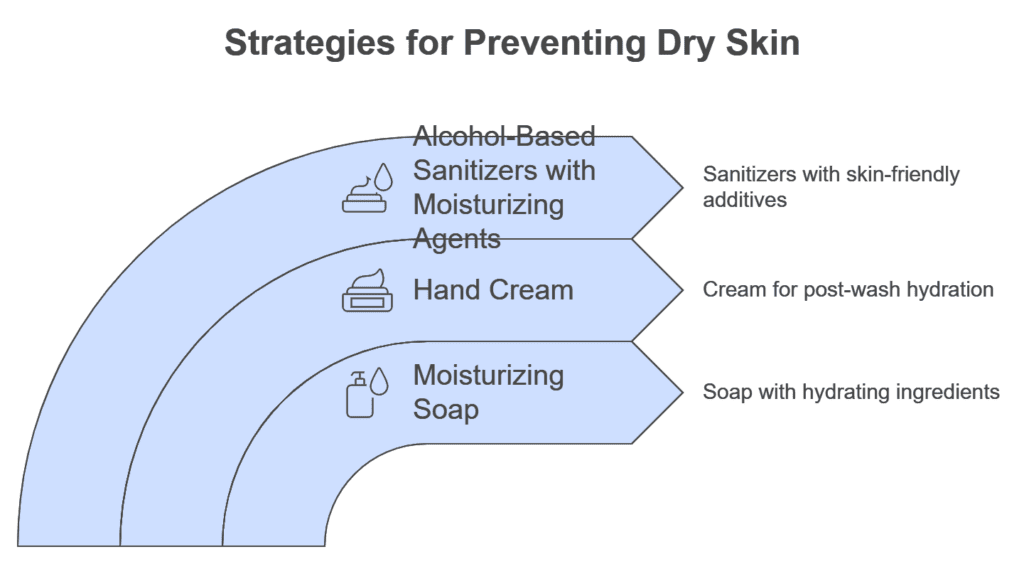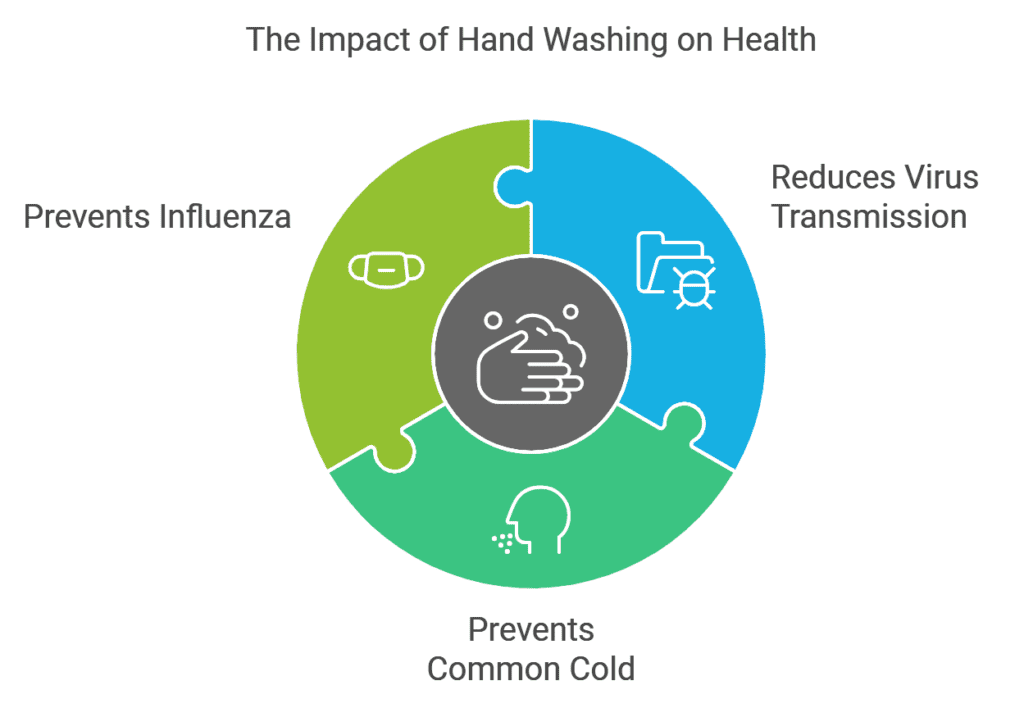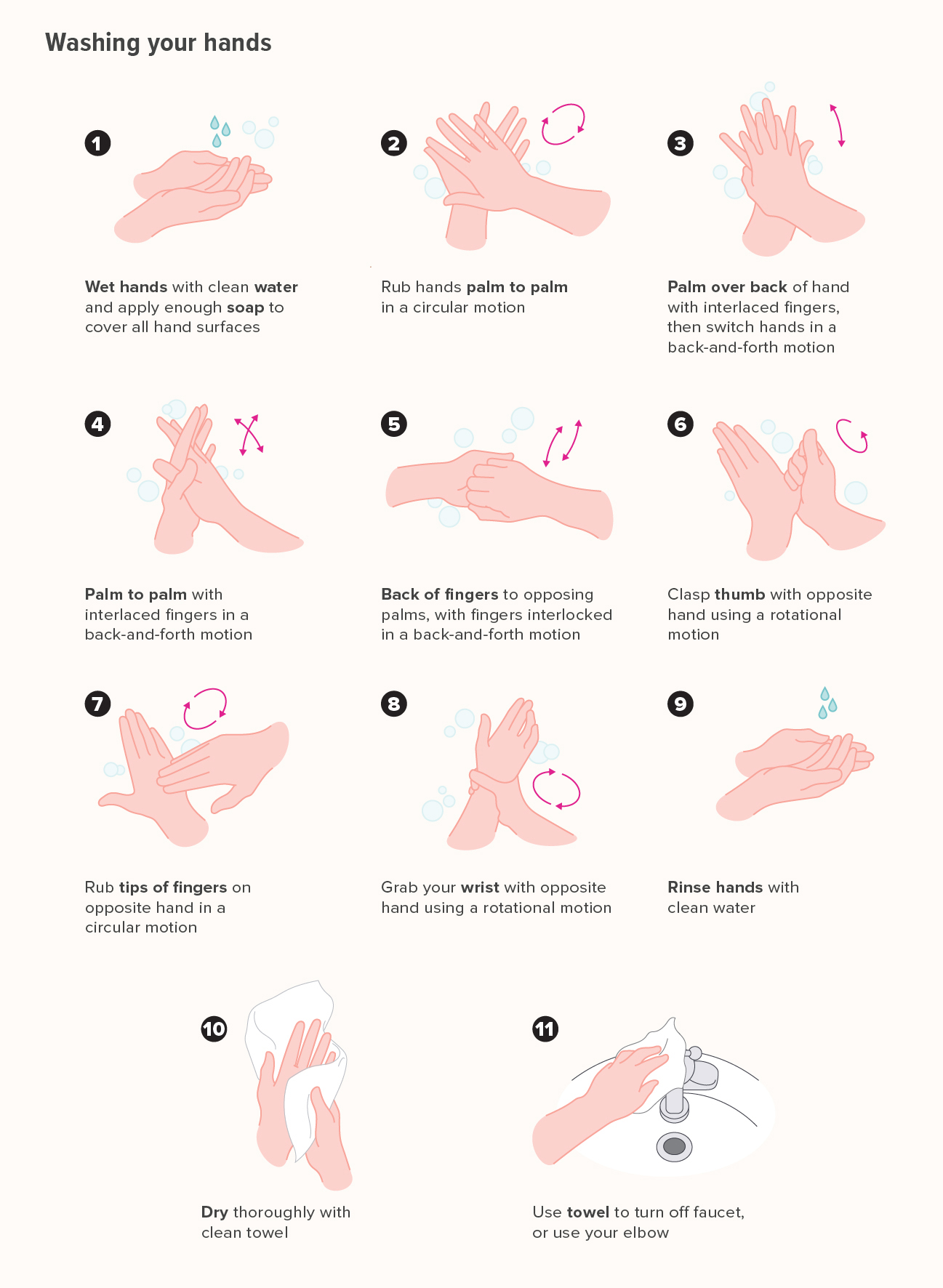Essential hand washing moments: before food preparation, after bathroom use, following public transport, post-coughing/sneezing. Use soap and water for 20 seconds to effectively remove germs and prevent disease spread.
Key Takeaways
- Learn the proper 20-second hand-washing technique that the CDC recommends.
- Discover when hand washing is crucial for preventing disease spread
- Understand the science behind why soap and water are effective against germs
- Get practical tips for maintaining healthy hand hygiene habits
Why Hand Washing is Critical for Public Health?
Hand washing stands as our first line of defense against numerous infectious diseases, including COVID-19, seasonal flu, and various gastrointestinal illnesses. According to the Centers for Disease Control and Prevention (CDC), proper hand hygiene can prevent up to 30% of diarrhea-related illnesses and 20% of respiratory infections.
The Science Behind Hand Washing
When you wash your hands with soap and water, you’re doing more than just rinsing away visible dirt. Soap molecules have two ends: one that’s attracted to water (hydrophilic) and one that’s attracted to dirt and oil (hydrophobic). This unique structure allows soap to:
- Break down the outer lipid (fatty) layer of viruses and bacteria
- Lift pathogens from your skin’s surface
- Create a lather that mechanical scrubbing action can use to remove contaminants
The Proper Hand Washing Technique
Follow these evidence-based steps for effective hand washing:
- Wet your hands with clean running water (temperature doesn’t matter)
- Apply soap generously to cover all hand surfaces
- Lather thoroughly for at least 20 seconds, making sure to clean:
- Between all fingers
- Under fingernails
- Back of hands
- Wrists
- Thumbs
- Rinse completely under running water
- Dry thoroughly with a clean towel or air dryer
Critical Times for Hand Washing
Food-Related Situations
- Before preparing or handling any food
- Before eating
- After handling raw meat, poultry, or seafood
- After touching unwashed produce
Personal Hygiene Moments
- After using the bathroom
- After changing diapers or helping children with toileting
- Before and after treating wounds
- After blowing your nose, coughing, or sneezing
- After touching your face mask
Public Space Interactions

- After touching frequently contacted surfaces:
- Shopping carts
- Payment terminals
- Door handles
- Public transportation surfaces
- Mobile devices
- Keyboards
Hand Sanitizer: When and How to Use It
While soap and water remain the gold standard, alcohol-based hand sanitizers can be effective when:
- You’re on the go
- Soap and water aren’t readily available
- Your hands aren’t visibly soiled
Choosing the Right Hand Sanitizer
- Select products with at least 60% alcohol content
- Look for either ethanol or isopropyl alcohol as active ingredients
- Avoid alcohol-free sanitizers, as they’re less effective against viruses
Special Considerations
Preventing Dry Skin

- Use moisturizing soap when possible
- Apply hand cream after washing, especially in dry weather
- Consider using alcohol-based hand sanitizers with moisturizing agents
Teaching Children Proper Hand Washing
- Make it fun with songs or games
- Use child-friendly soaps with appealing colors or scents
- Set up step stools for easy sink access
- Practice regular handwashing routines
- Reward consistent good habits
The Impact of Proper Hand Hygiene
Regular hand washing provides multiple benefits:
- Reduces transmission of respiratory viruses by up to 21%
- Prevents food-borne illness
- Decreases antibiotic resistance by reducing the spread of bacteria
- Protects vulnerable populations, including elderly and immunocompromised individuals

Frequently Asked Questions
Q: Is hot water better than cold water for hand washing? A: Water temperature doesn’t affect germ removal. Comfortable temperature ensures proper washing duration.
Q: How long should I wash my hands? A: The CDC recommends at least 20 seconds of active scrubbing with soap.
Q: Can I overdo hand washing? A: Yes. Excessive washing can damage skin barriers. Balance hygiene with skin health using moisturizers.
Conclusion
Proper hand washing remains one of the most effective ways to prevent disease transmission and maintain public health. By following these guidelines and making hand hygiene a regular habit, you can protect yourself and others from various infectious diseases.
Remember: Your hands are your connection to the world – keep them clean to keep yourself healthy.










